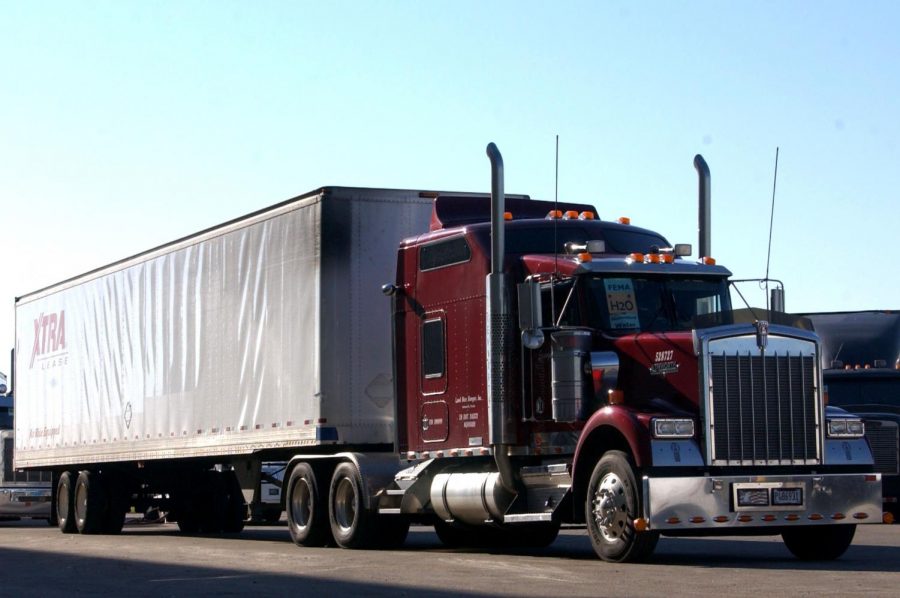Semi-Autonomous Trucks: A Complicated Solution to a Simple Problem.
According to the Denton Business Journal, a Silicon Valley tech company, Embark, is partnering with truck manufacturer Peterbilt to make a semi-autonomous truck. They desire to allow the truck to operate autonomously on Interstate highways through rural areas, but it would still require a driver in urban areas.
The question is, do we as a society need even more autonomous stuff, or is this just a complicated solution to a simple problem: There are not enough drivers for America’s trucks.
According to the American Trucking Association, by 2024 there will likely be a 174,000 driver shortage as current drivers retire, leaving openings that won’t be filled, especially by millennials.
Driving a truck requires a high degree of skill and focus, not to mention logistical skills. Not only do drivers have to know how to double clutch, they also have to document their driving time and milage for logbooks, distribute the weight of their truck to a specific point for each axle, and plan routes for maximum fuel savings, avoid low overpasses and weak bridges, and plan an appropriate escort when driving an oversized load.
However, truck driving is getting easier. Before the deregulation of the trucking industry, each state had different rules about truck length, weight, licensing, and more, leading to trucks driving empty, being double licensed, swapping tractors, drivers, and more at state lines.
Now, drivers have features like automatic transmissions, large sleepers, cell phones, GPS, wireless internet, and more comfortable and convenient interiors, all unimaginable to previous generations of truckers who didn’t even have power steering for multi-ton trucks. Now drivers can parallel park 160,000 pound B trains with ease. But still, there aren’t enough drivers.
Might it be the pay? Although the U.S. Department of Labor reports truck drivers making about $40,000 per year, just under the national average salary, most truckers who drive for private fleets make much more. For example, Walmart drivers make nearly $73,000 a year. Company drivers are paid to drive a truck owned by their employer. (Owner operators are truck drivers who own their trucks and provide trucking services under contract to companies)
And pay is expected to grow even more. Trucker’s pay is increasing by eight to 12 percent every year, better than most other service jobs, which are only expected to increase by three percent, according to WorldatWork.
So, why is there still a shortage? It could be the work life balance, according to Overdrive Magazine. Truck drivers typically spend 10 or more days on the road at a time. Typical companies give anywhere from 1 to 5 days off for each ten days driving, but that might not be enough for millennial workers, who are increasingly interested in work with flexible scheduling.
So autonomous trucks might be part of the future, but that’s a long way off. Personally, I wouldn’t bet on the technology ever taking off, just because of the incredible expense not only of creating the technology from the ground up, but also in incorporating it into vehicles that already cost hundreds of thousands of dollars, sometimes millions.
You might not have considered driving a truck for a living. But, if you can make the commitment, you’ll be rewarded by companies desperate for new workers.









